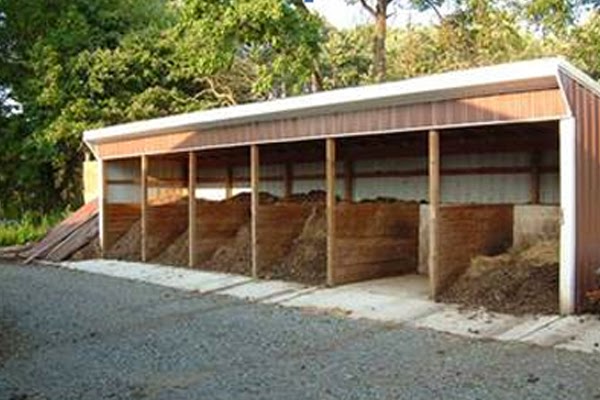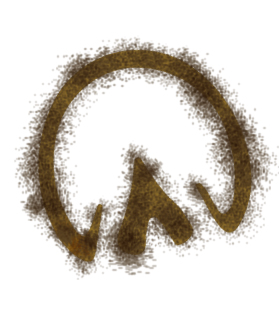I hope everyone is staying dry and toasty in your home (and barn!) these days, and that you have all a fantastic start to the New Year! The snow was piling up just in time to celebrate all the winter holidays, and it hasn’t stopped since! Christi and I had a blast playing yesterday, making Pegasuses in the snow, seeing who could race to the other end of the pasture quickest, and shaking tree branches to drop an avalanche of frost on each other’s backs. Despite the snow and ice everywhere I look, it does remind me of a question that I received from Claire, a 9 year old budding scientist…
Claire was wondering if all of this melting snow will create hazardous runoff from compost piles. After consulting with experts in the field from the Rutgers Equine Science Center I was able to give Claire an answer that is important for everyone to know also.
First you need to assess the amount of snow that has fallen on top of your compost pile. Unless, this amount is up to your stifle (knee), then you can wait until the snow melts before turning the pile. Chances are your compost will be unaffected by the snow. Also, as long as the compost is covered or in a storage pit like the one we have at our Ryders Lane Farm, then you don’t need to worry about it.
Usually, you don’t want your compost too wet or too dry; it has to be just right! If it becomes too wet, then it can lead to non-environmentally friendly chemicals in the runoff.
Now, prepare for the gross-ology! If you want to find out how wet the compost is, have your parent or guardian squeeze a handful of the compost (gross!) while wearing a glove; if liquid drips out, then it’s probably too wet. If the compost is too wet, you can add some wood chips to it. Check out the picture of my buddies at the Equine Science Center squeeze testing our compost.

Overall, as long as the snow height is below your knee, it is not going to cause enough impact on your compost to cause concern about environmentally toxic runoff. On average, a storm at 30°F would take 10 inches of snow to equal 1 inch of rain! The colder it gets, the less moisture in the snow, which means it could take anywhere from 10-20 inches of snow to equal one inch of rain. For more information on Horses and the Environment, play the “Fun on the Farm” game and test your knowledge on the “Scoop on Poop!” Also, make sure you brush up on your Winter Horse Care with the Equine Science Center’s fact sheet!
Your Pal,



